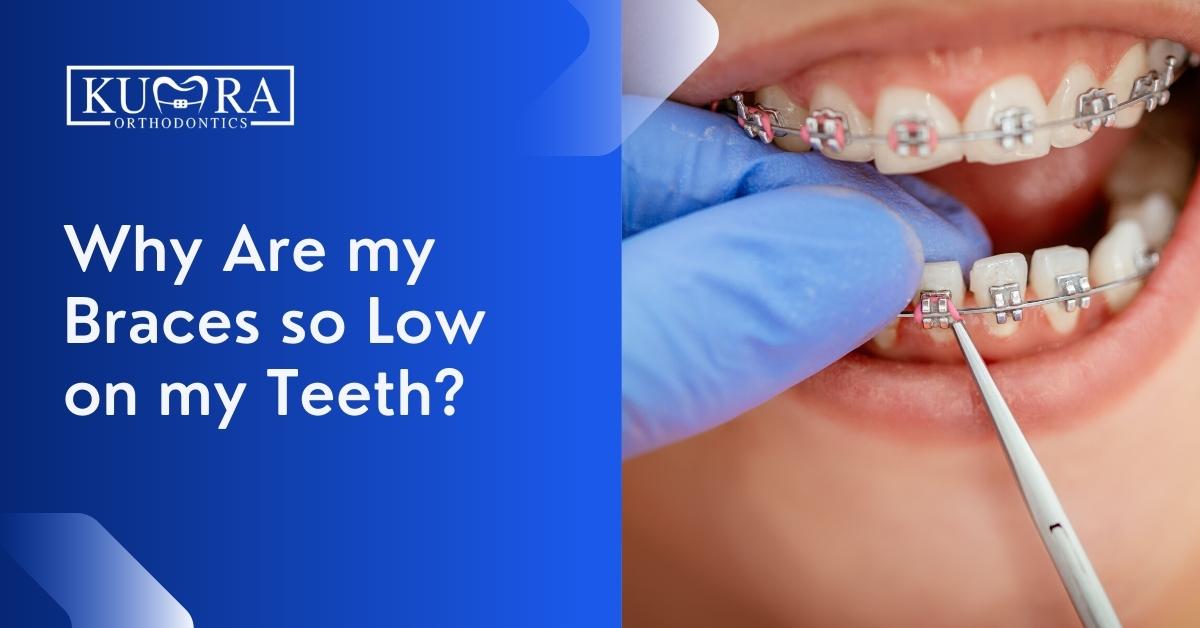Expert Cumming Braces and Aligners: What to Know Prior To You Check out
Expert Cumming Braces and Aligners: What to Know Prior To You Check out
Blog Article
Comprehensive Guide to Orthodontics Procedures for Dealing With Dental Imbalances
In the realm of orthodontics, the trip to achieving a flawlessly straightened smile involves a myriad of procedures customized to remedy dental misalignments. From traditional dental braces to unseen aligners and also medical choices, the field of orthodontics supplies a range of solutions to deal with varying degrees of dental abnormalities. Understanding the ins and outs of each procedure, including their mechanisms, advantages, and prospective disadvantages, is important in making notified decisions regarding one's orthodontic therapy. As we navigate through the comprehensive guide to orthodontic procedures for dealing with oral misalignments, the elaborate information of each technique will certainly unfold, clarifying the path towards a unified and functional oral alignment.
Orthodontic Procedures Summary

Regular adjustments and surveillance are important parts of orthodontic treatment to make sure progression is on track and to make any kind of necessary alterations along the method. By undertaking orthodontic treatments, patients can not just attain a straighter grin but also boost their overall dental health and wellness and feature.
Typical Braces: Just How They Work
When taking into consideration orthodontic treatments for dental misalignments, conventional dental braces stand out as a time-tested method for dealing with teeth placing. Typical braces are composed of brackets, cords, and bands that function together to use continuous pressure on the teeth, progressively moving them right into the desired placement.
As pressure is applied to the teeth with the dental braces, the bone surrounding the teeth is reshaped to sustain the brand-new tooth settings. Clients will need normal changes at the orthodontist's workplace to make certain the braces continue to use the appropriate stress for reliable teeth movement.
Unnoticeable Aligners: Benefits And Drawbacks
Unseen aligners provide a discreet and convenient option to traditional braces for dealing with oral imbalances. These clear, customized trays are basically invisible when worn, making them an attractive option for people seeking a more visually pleasing orthodontic treatment. One of the primary advantages of unnoticeable aligners is their removability, enabling for much easier maintenance of oral hygiene compared to traditional dental braces. Clients can remove the aligners before consuming or brushing their teeth, decreasing the danger of food obtaining stuck in the home appliance and simplifying the cleaning procedure.

Surgical Orthodontic Options
Surgical interventions in orthodontics existing sensible choices for attending to complicated oral misalignments that might not be successfully solved via standard orthodontic therapies. While typical dental braces and invisible aligners can remedy lots of orthodontic issues, particular situations need surgical intervention to achieve optimal outcomes. Surgical orthodontic options are usually recommended for serious malocclusions, considerable jaw inconsistencies, and cases where the underlying bone structure requires modification to accomplish correct positioning.
One typical surgical orthodontic procedure is orthognathic surgical treatment, which involves repositioning the jaws to fix practical concerns such as problem talking or chewing. This surgical procedure is often carried out in collaboration with an orthodontist that aids align the teeth prior to and after the procedure. Surgical orthodontics might additionally involve treatments to subject influenced teeth, remove excess gum tissue, or improve the jawbone to develop a much more harmonious facial account.
Before taking into consideration surgical orthodontic alternatives, patients undertake a detailed assessment to figure out the requirement and possible advantages of such interventions. cumming orthodontist. While surgery may appear challenging, it can considerably improve both the feature and aesthetic appeals of the smile in instances where traditional orthodontic therapies drop short
Retainers and Post-Treatment Care

Post-treatment treatment entails complying with the orthodontist's guidelines vigilantly. This might include correct dental health techniques, participating in follow-up consultations, and putting on the retainers as recommended. Failure to conform with post-treatment treatment guidelines can result in regression, sites where the teeth slowly return towards their original settings. Regular retainer wear, great oral hygiene, and routine oral exams are essential for preserving the results attained with orthodontic surgery and guaranteeing the long-lasting stability of the fixed dental alignment.
Verdict
In conclusion, orthodontic treatments offer numerous choices for dealing with oral imbalances. Surgical orthodontic options are available for more severe imbalances. On the whole, orthodontic procedures can properly enhance dental health and visual appearance.
As we browse with the detailed overview to orthodontic treatments for dealing with oral imbalances, the intricate details of each technique will certainly unfold, losing light on the path towards a functional and harmonious dental positioning. - cumming orthodontist
One of the most typical orthodontic treatments is the use of braces, which are composed of metal braces and cords that apply gentle pressure to progressively move teeth right into the wanted setting.When considering orthodontic therapies for oral imbalances, typical braces stand out as a reliable technique for correcting teeth placing. Furthermore, unseen aligners may not be suitable for complex orthodontic problems that need more considerable teeth movement, as they are commonly suggested for light to modest instances. Retainers are customized orthodontic devices created to hold teeth in their corrected settings after the conclusion of orthodontic treatment.
Report this page